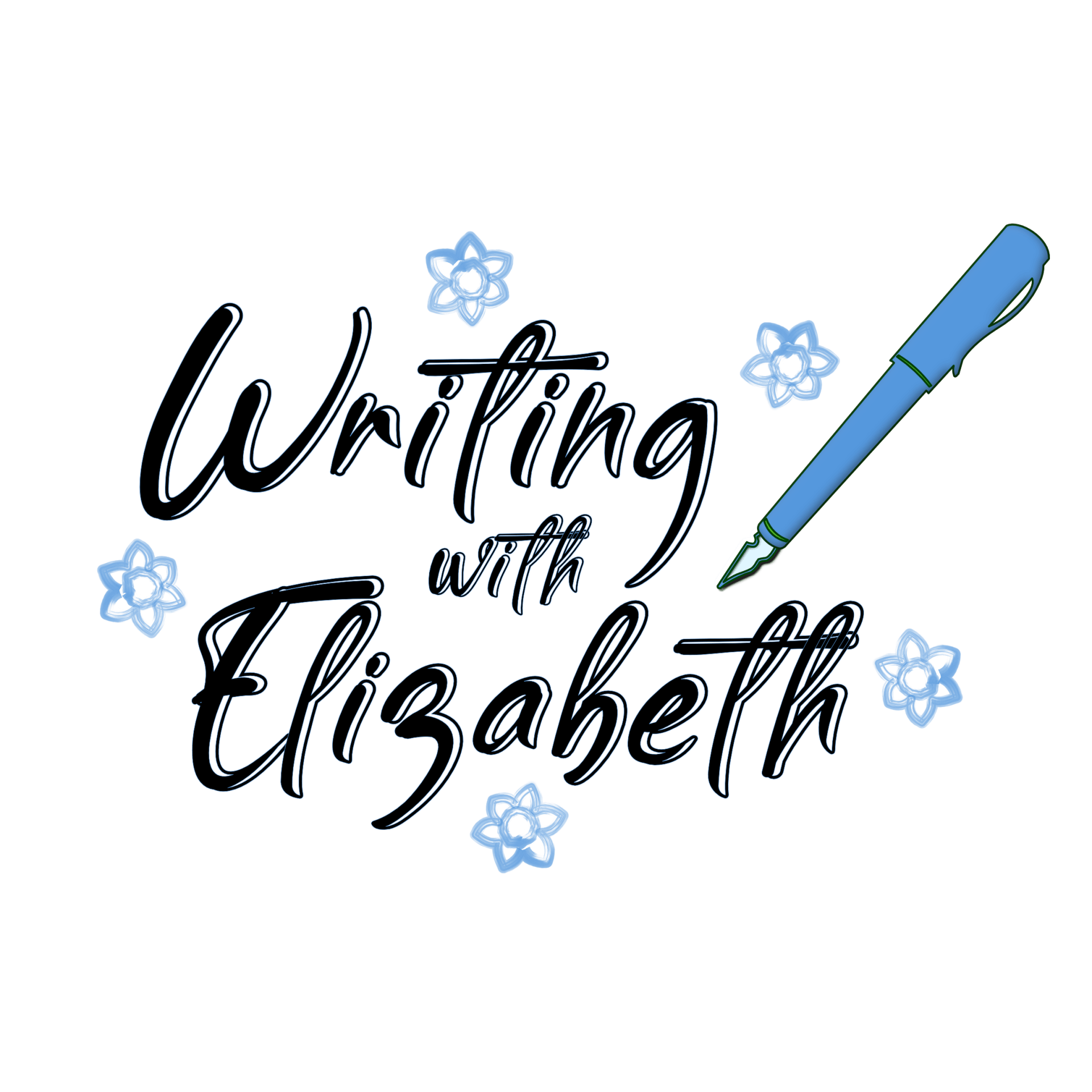10 Tips To Improve Your Descriptions
We all know that description is an important part of writing, without it stories have a tendency to be one dimensional and lack the depth and realism readers need to be truly absorbed in it.
That’s not saying people won’t read writing that has no, or limited, description. It’s more a case of, if you include description chances are your readers will keep reading because they’re more absorbed.
So here are 10 proven tips on how to improve to descriptive writing.
1
USE ALL YOUR SENSES
It’s true, most people are primarily visual and because of this like to know how things look.
But imagine being a visual person who is having a party described to them by a person who is primarily auditory. They’d be told about the music and the sound of the conversations, when all they’d really want to know was what the decorations and food looked like and who was wearing what. For this reason, where possible, always try to use a wide selection of sensory descriptions.
(To learn more about Using Your Senses watch my course Tips To Writing Memorable Descriptions - 2.)
2
IMPLY
Don’t tell the reader everything that's going on, instead imply some aspects of it through your descriptions. Thereby allowing your reader to make their own assumptions.
In other words, Show, don’t Tell. Just like the great cop shows that casually mention behavioural traits or comments made by characters, drop clues throughout the story as to who the baddie is, rather than just tell the reader straight out.
(To learn more about Show, don't Tell watch my course
Tips To Writing Memorable Descriptions - 1.)
3
DON'T LUMP IT ALL TOGETHER
Avoid long paragraphs of description because chances are it will either leave your reader snoring or they'll simply skip it for more interesting paragraphs. Better to weave snatches of description in here and there, and blend it into your story.
4
AVOID USING ONLY NARRATIVE TO DESCRIBE
Try describing from your character’s point of view (in their dialogue and actions), rather than including it all in the narrative. Again, by weaving it in this way your writing will be smoother.
5
STOP, BREATHE & CONTEMPLATE
Regularly stop throughout your day when you’re in different situations and ask yourself how you’d describe a person's facial expression, the smell of a meal, the sound of the neighbour, and so on. Play with the words that come to mind until you find the right description for that moment.
6
WRITING EXERCISES
Don’t just mentally practice your descriptions during the day. Set yourself writing goals and projects that include setting them down on paper as well.
(For ideas, check out the Writing Skills prompts in TheWritingStore on Etsy)
7
KNOW YOUR TARGET AUDIENCE
Write with words that your reader will associate with, and focus on describing aspects of the moment that appeal to you target reader.
For example, there’s no point going into great descriptions on the workings of a diesel engine when you know your reader is more interested in acrylic nails and the latest designer shoes (unless, of course, you know they’d be interested in diesel engines as well).
Focus on what your reader is interested in.
(To learn more about how to define and find your target audience watch my course
Get More Readers.)
8
FIND THE EXACT WORD
Increase your vocabulary by learning a wider range of specific descriptive words, words that mean exactly what you want to say. Thereby negating the chance of you repeating yourself too often or resorting to words like ‘very’ or ‘really’ in front of words that are kind of, sort of, maybe, the right word.
9
THINK TWICE ABOUT UNUSUAL WORDS
While it’s important to use a specific word if there is one, don’t overuse unusual words. The brain tends to overlook the repetition of everyday words, but that’s not the case with less familiar words. Then it’s more likely to pause and focus on the word, thereby jolting the reader from the story. Something you don’t really want to do.
10
FINALLY...
Make sure you edit your writing, checking it for awkward or clunky phrases, long descriptive paragraphs and, well, everything above.

